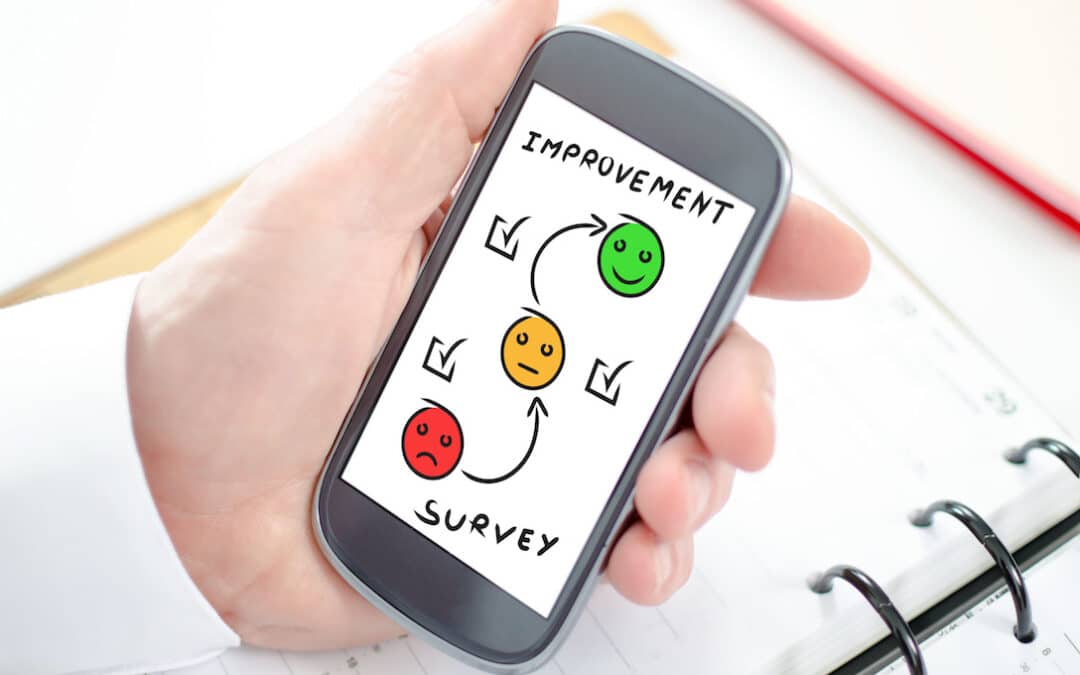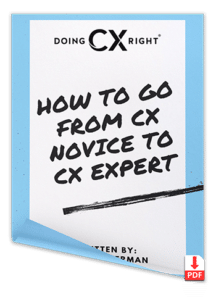
Top CX & EX Lessons from “Medallia Experience” You Need to Know
I just returned from the Medallia Experience Event with a sobering realization: 90% of customer feedback never gets used. Think about that—businesses collect all this valuable information from customers, then let most of it gather digital dust. The event didn’t just reinforce what I’ve been teaching through my Doing CX Right® framework—it revealed practical ways any organization can transform both employee and customer experiences.
Having spent 25+ years leading teams in corporate environments and small businesses, speaking globally, and studying business and human behavior, I know firsthand how often organizations miss this opportunity. The facts revealed at Medallia Experience event validated what I’ve been helping people around the world understand:
When you get experience right, everything else follows.
I’m writing this article to summarize what I heard and my perspective on how you can apply the insights as a customer experience leader. And yes, YOU are a CX leader. Not sure what I mean? Please contact me right now!
The Hidden Link Between Employee Frustration and Customer Complaints
Beyond the Feel-Good Statement
Happy employees directly translate to happy customers. To deliver world-class customer experiences, it’s essential to prioritize and cultivate positive employee experiences.
This isn’t just a nice saying—it’s a business fundamental.
What You Can Do:
Look at your customer complaints and ask, “What might be happening with our employees that’s causing this issue?” For example, if customers complain about long wait times, your employees might lack the tools or authority to resolve problems quickly.
How Top Brands Connect Employee Experience to Business Success
The most successful companies are connecting employee experiences directly to customer outcomes in four key ways:
- Individual Level: Looking at how specific employee fulfillment impacts their customer interactions
- Team Level: Examining how department morale affects customer service
- Process Level: Identifying how employee workflows impact customer journeys
- Company Level: Understanding how overall company culture shapes the customer experience
What You Can Do:
Start small. Pick one customer journey (like returning a product) and talk to the employees involved. Ask what frustrates them about handling returns, then see if those frustrations match your customer complaints.
Why Chasing Satisfaction Scores Won’t Fix Your CX Problems: Moving Beyond Surveys
The event highlighted how traditional customer surveys are falling short. Even Fred Reichheld, who created the Net Promoter Score (NPS), acknowledged it’s often misused as a vanity metric rather than an improvement tool.
What You Can Do:
Don’t just track satisfaction scores. Also measure practical aspects like:
- How quickly issues get resolved
- How often customers come back
- How customers actually behave (not just what they say)
- What your frontline employees observe about customer frustrations
How to Spot Customer Problems Before They Happen: Looking Forward, Not Just Backward
The most innovative companies not only analyze past performance but also proactively anticipate future customer delight, positioning themselves ahead of the competition.
What You Can Do:
Look for early warning signs. If your employees are struggling with a new system or product, your customers will likely have problems too. Address employee concerns quickly to prevent customer issues.
The Data Doesn’t Lie: Why EX and CX Drive Real Business Results
The Medallia Experience Event revealed eye-opening statistics that show why this matters:
The Employee-Customer Connection
- Companies with highly engaged employees are 21% more profitable
- Businesses investing in Employee Experience see 2× higher customer satisfaction scores
- There’s an 81% correlation between employee engagement and NPS
- Organizations aligning employee and customer strategies are 2.5× more likely to meet financial targets
- These companies are 2.9× more likely to be recognized as a Great Place to Work
- They achieve 3.2× higher levels of retention
- Highly engaged employees are 87% less likely to leave their jobs
Why Silos Are Killing Your CX Efforts: Working Together, Not Apart
One clear message from the event: customer experience isn’t just a job for the customer service team. It requires everyone to collaborate and align on solutions.
What You Can Do:
Create a small team with people from different departments (customer service, HR, operations, product, etc) to meet regularly and solve customer and employee problems together. Give them the authority to make fundamental changes.
The North Star: Your CX Strategy Might Be Missing
Fred and several speakers emphasized having a clear “North Star” to guide all employee and customer experience efforts.
What You Can Do:
Define what success looks like in simple terms that everyone can understand. For example:
“We want customers to solve their problems in one contact.”
or
“We want employees to have everything they need to help customers the first time.”
How to Use AI to Strengthen Human Connections (Not Replace Them)
Medallia showcased how artificial intelligence can enhance customer experiences—not by replacing humans, but by making them more effective.
What You Can Do:
Use technology to:
- Find patterns in customer comments that humans might miss
- Give employees real-time guidance during customer interactions
- Recommend specific next steps based on a customer’s history
The Business Case: Showing the CX Financial Impact
Companies that connect employee and customer experiences aren’t just nicer places to work—they’re more profitable.
What You Can Do:
Track and show how improved employee and customer experiences affect your bottom line:
- Lower employee turnover (and reduced hiring costs)
- Higher customer retention (and lower marketing costs)
- Increased repeat purchases
- Fewer complaints to handle
Check out of my other article about the ROI of CX with helpful research to leverage in your business case.
Your Next Move:
The Medallia Experience Event wasn’t just about ideas—it was about taking action. Through my Doing CX Right® framework, I help organizations put these principles into practice because they work. The data and stories shared by global thought leaders reinforced that this isn’t optional—it’s essential.
Congratulations to Eric Stoessel and Jenny Zehentner and the entire Medallia team for creating such an impactful event. The insights shared by Mark Bishof, Sid Banerjee, Fabrice Martin, Will Guidara, Fred Reichheld, Shep Hyken, Jeannie Walters, Grace Black, Ellie O’Toole, Denise Lee Yohn, Jessica Shannon, Sasha Fard, Sri Narasimhan and others expanded our collective understanding of what’s possible when we connect employee and customer experiences the right way.
The question isn’t whether you should improve these experiences—it’s whether you can afford not to.
Want more actionable insights?
Listen to my conversations with some of mentioned leaders on Doing CX Right® podcast.
Subscribe on your favorite channels (spotify, apple, audible, pandora, Youtube, etc) for updates.
Free Gift From Me To You:
Do you want to know if your customer experience creates loyal advocates who genuinely love your brand? Are your employees inspired to champion your mission as others in your industry view you as the gold standard they strive to reach?
Discover the:
- Barriers limiting your brand’s growth and impact.
- Factors that drive stronger customer connections and deeper loyalty.
- Strategies to create meaningful experiences that set your brand apart.
Providing the right customer experience can transform your business and enrich the lives of the people you serve. Don’t leave it to chance.





